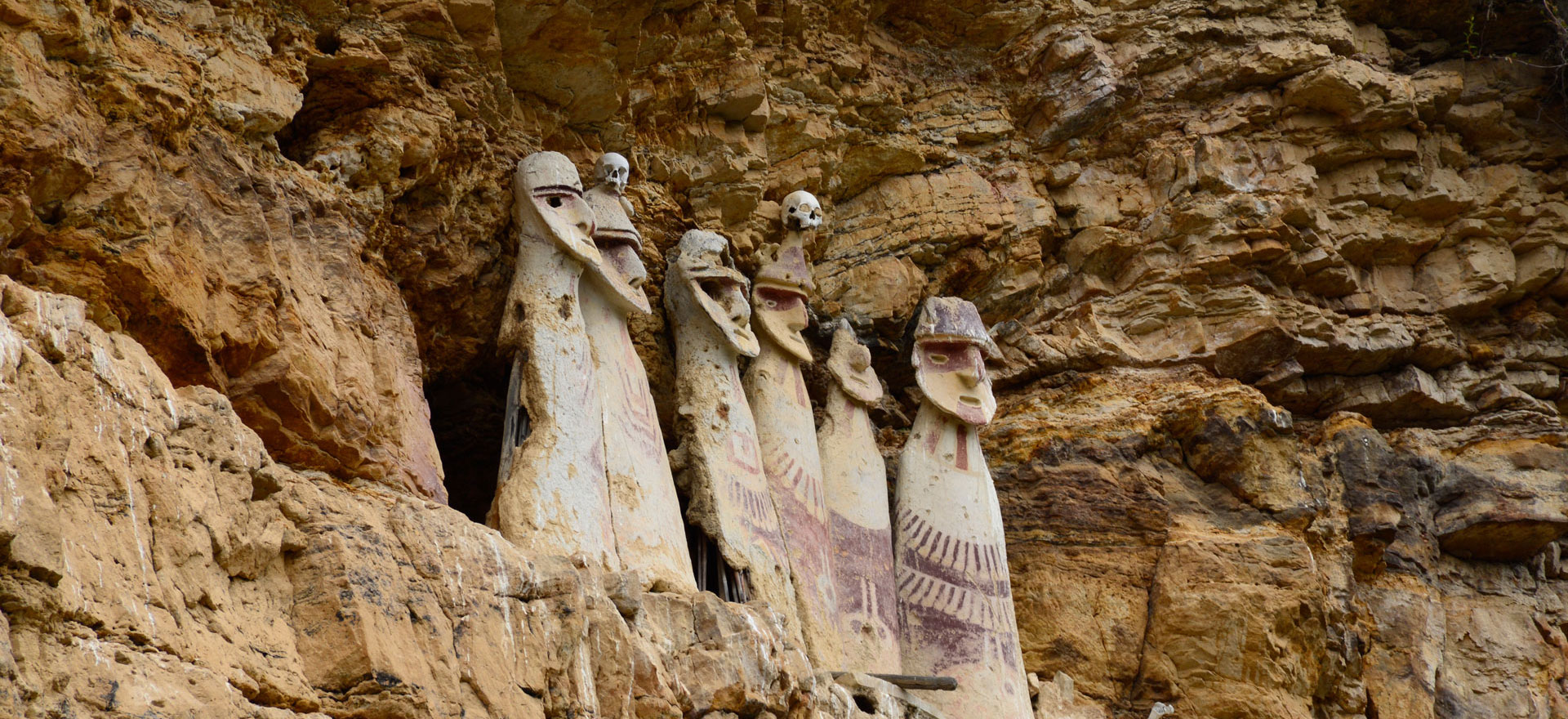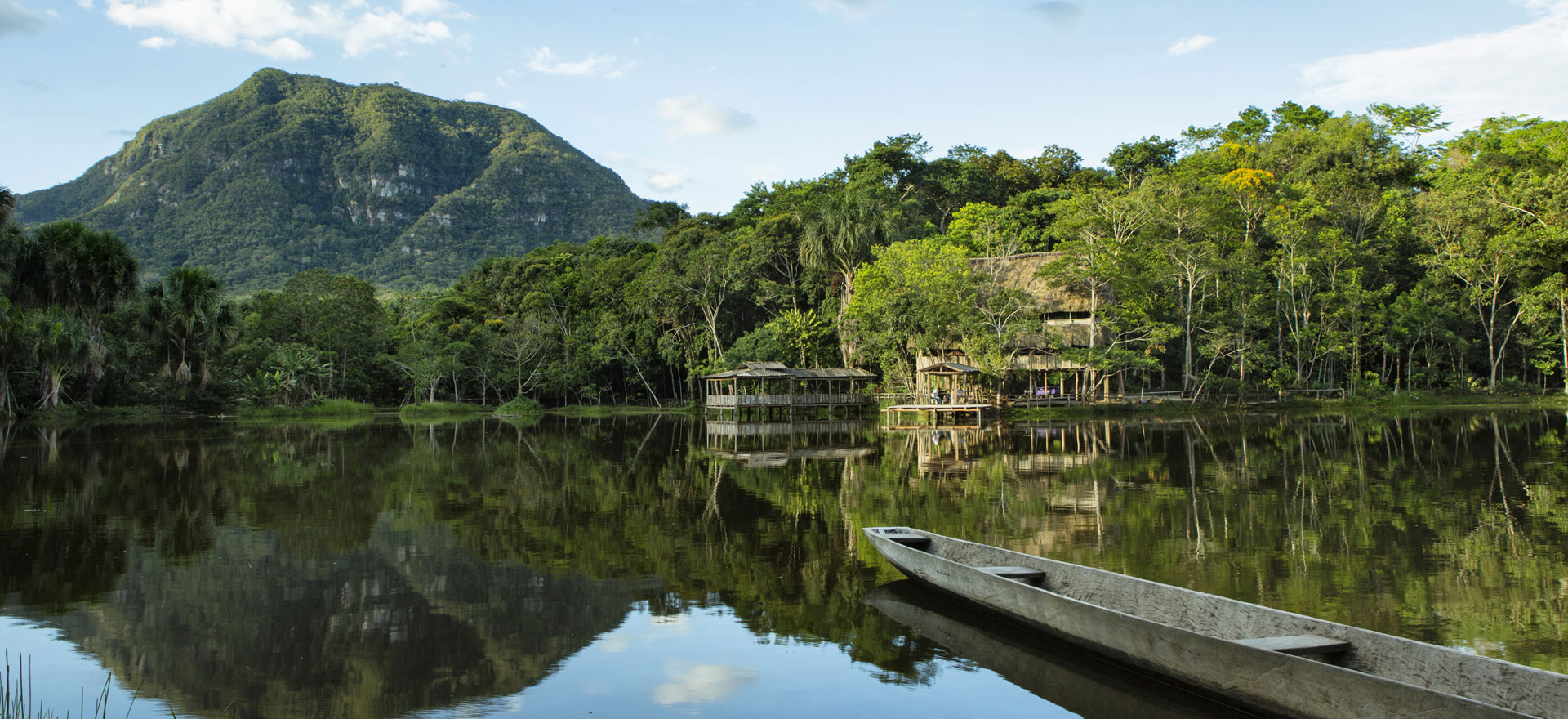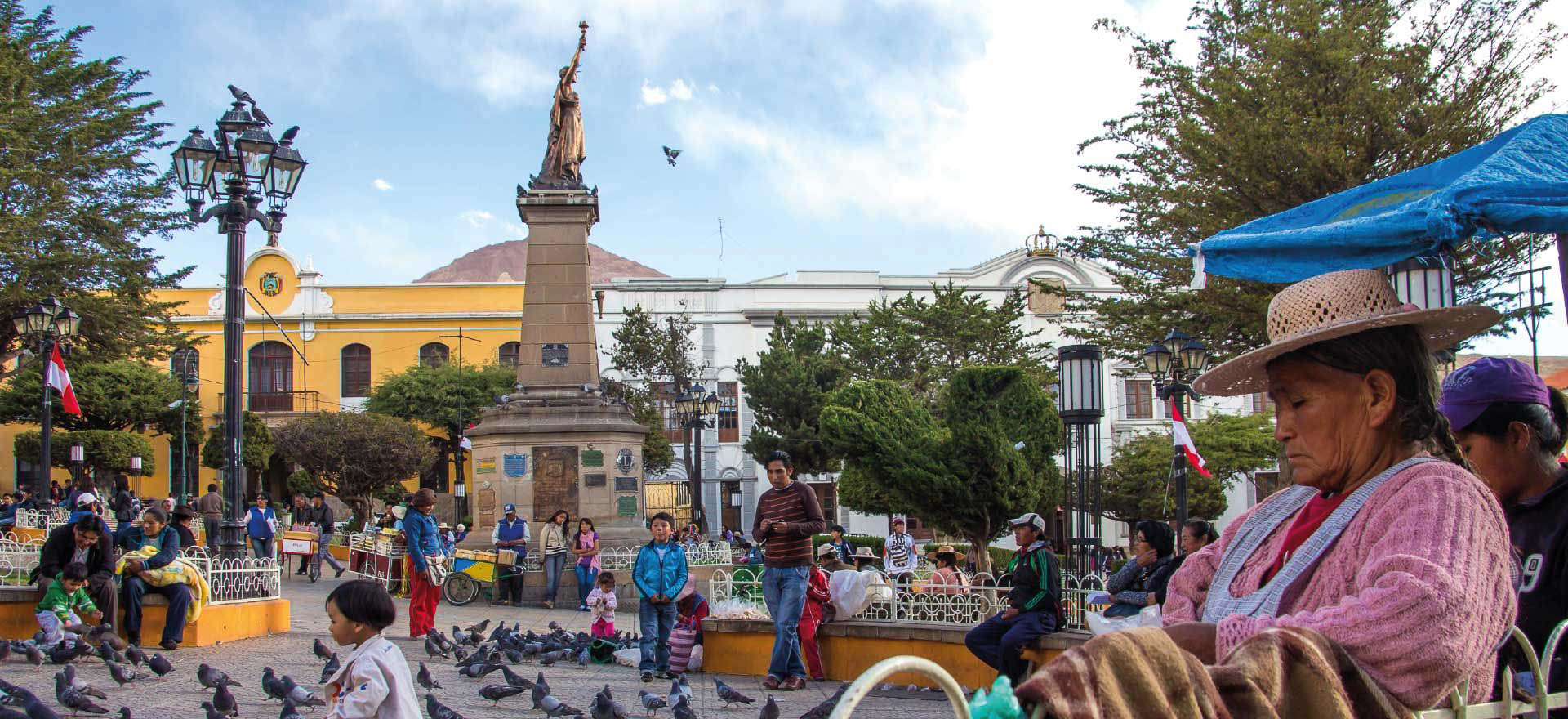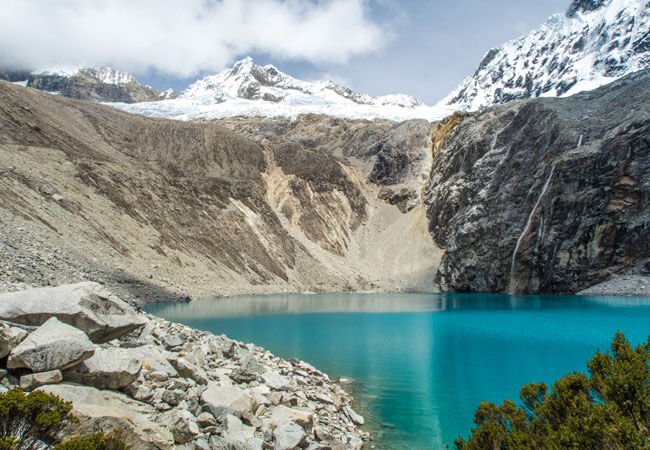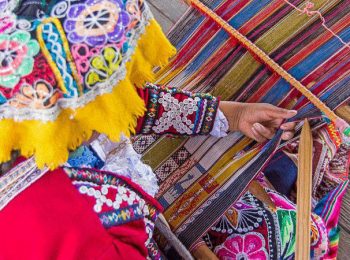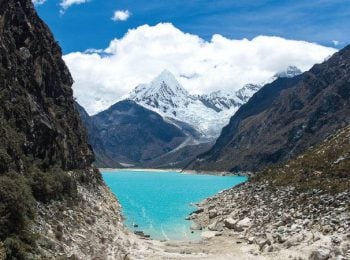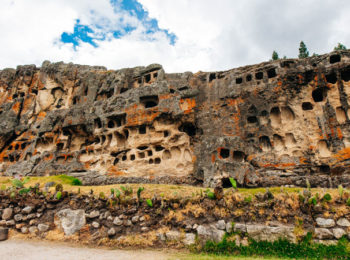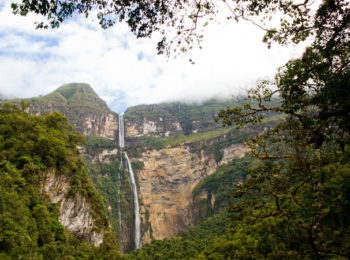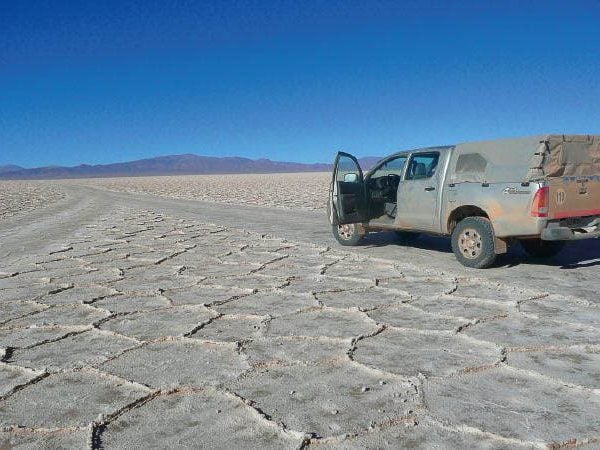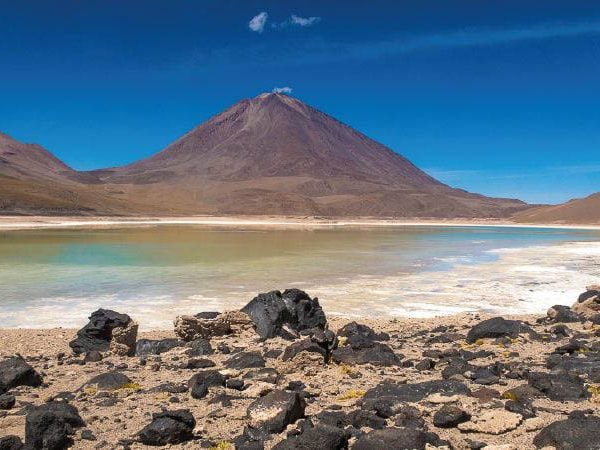Andean Peaks and Ancient Empires
Peru is a living legacy of powerful empires and mythical beliefs, stretched across a jaw-dropping array of landscapes, from the chiselled peaks of the Andes to the Amazon – the world’s biggest rainforest.
Starting in the cosmopolitan capital of Lima, comfortably nestled at sea level and colonial at its heart, we travel from here to the city of Huaraz. Situated at over 3000 metres above sea level, Huaraz is dominated by the snowy Cordillera Blanca and Peru’s highest mountain, Huascarán. From Huaraz, we journey up to Chiclayo, where we visit the largest dry forest in the Americas and the Sicán pyramids of Batán Grande. The lush highlands of Chachapoyas beckon us further north, as we visit one of the tallest waterfalls in the world and explore the enchanting Chachapoya fortress city of Kuélap.
The optional extension to Pacaya Samiria National Reserve will take us into a pristine and protected area of the Amazon Rainforest, where the incredible biodiversity includes pink river dolphins and 450 species of birds. We will learn about the history and protection of the area, as well as meeting and supporting indigenous communities, and falling under their spell as myths and legends of the Amazon are told.
Dive into Peru’s treasure trove of ancient ruins and rich cultural history with us, as we delve deeper than the Inca civilisation and explore the country’s wildest landscapes on this cutting-edge tour of the north …

